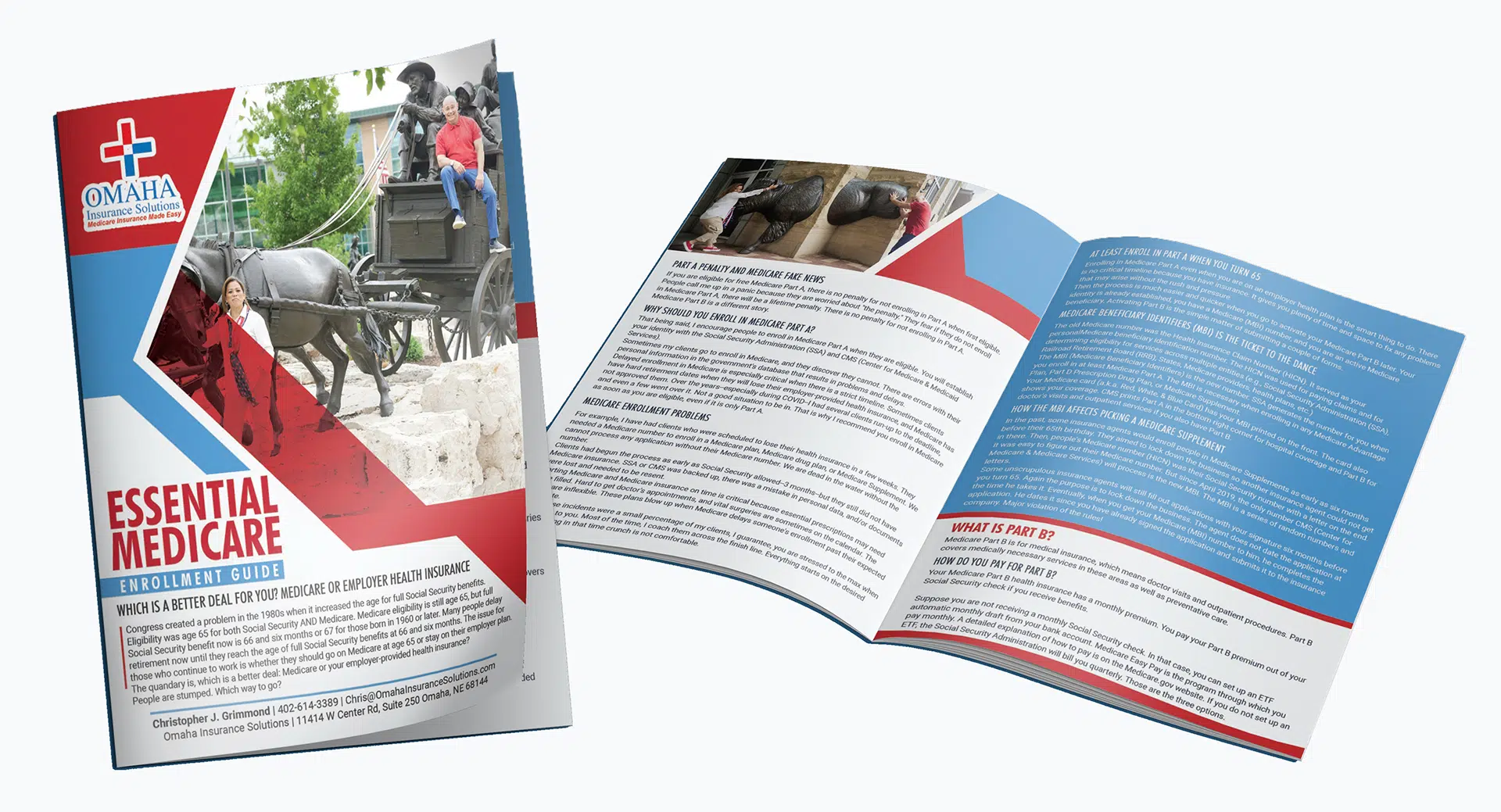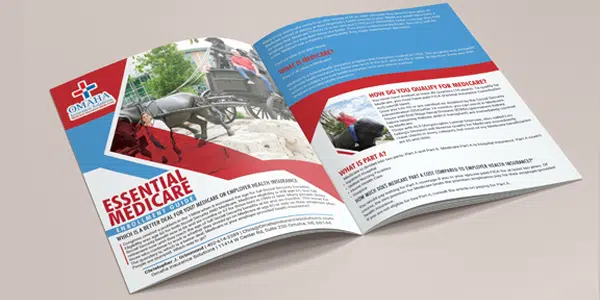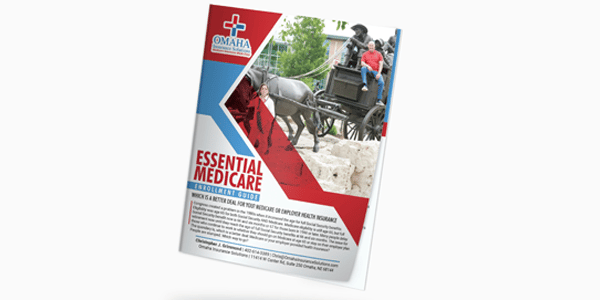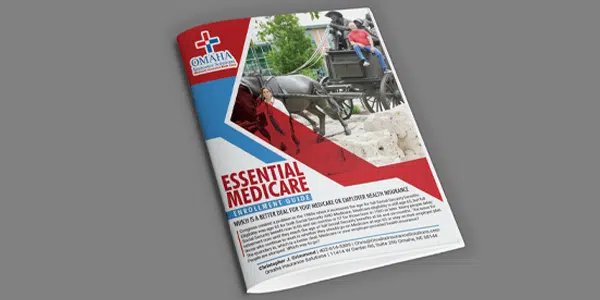How Does Medicaid Work?
 What is Medicaid?
What is Medicaid?
‘Medicare For All’ is a slogan that we have heard repeatedly in political campaigns and on the news. Medicare, and Medicaid to a lesser extent, are successful social programs that a majority of Americans embrace.
How does Medicaid work?
The biggest bones of contention have to do with the funding of Medicaid. The reality is–through the Medicaid program–we are virtually at “Medicare For All” because Medicaid is a massive program. Most people do not know how incredibly large Medicaid is. Once you understand how Medicaid works, you will see why it is so enormous.
How Big Is Medicaid?
Medicaid covers 1 in 5 Americans in various ways and at various stages. Medicare covers a huge population, but Medicaid significantly funds our medical institutions and professionals, though you hear constant complaints about Medicaid reimbursement.
Medicaid supports even a larger percentage of the American population than Medicare, which is only about 14.2 %. Medicaid provides 50% of the financing for Long Term Care Facilities, so how does Medicaid work?
Medicaid is a program designed for low-income individuals who lack the resources to provide their own health coverage. The Center for Medicare and Medicaid Services (CMS) administers Medicaid.
Medicaid Is A Working Relationship Between State and Federal Govt
Medicaid works as a partnership. The states administer the Medicaid program, and the federal government establishes broad standards. The states have the flexibility to decide which populations to cover. They determine the services covered and set up the health care delivery models. The state sets reimbursements for doctors and hospitals because the cost of living is different between New York, Nebraska, and New Mexico.
The state may conduct experiments in delivering the Medicaid program to figure out more effective uses for resources. The Section 1115 waivers allow for testing different approaches after the approval of the Secretary of HHS. The federal government will match up to 50% of what a state spends, even more for poorer states.
Medicaid Has Not Always Worked the Same Way
Medicaid used to be associated with Aid to Families with Dependent Children (AFDC) and federal Supplemental Security Income (SSI). In 1972 Congress expanded Medicaid coverage to parents with children, Medicare beneficiaries, the blind, and the disabled. Medicaid started paying the Medicare Part B premiums and co-insurance for some.
This is where the rubber meets the road with a number of my clients who are lower income. They may not qualify for “full Medicaid,” but they do qualify to have their Medicare Part B premium paid, which is a tremendous help.
Medicare Spend Down
Medicaid became more complex for those who were on the borderline of income. They could “buy in.” Disabled persons whose income was too high or were working could spend down their income to qualify for Medicaid.
In 1996 Congress broke the link between Medicaid eligibility and welfare. Some children’s families did not qualify for welfare, so they could not get Medicaid. People recognized the importance to cover children whose parents could not afford to provide health coverage. The Children’s Health Insurance Program (CHIP) 1997 was created to cover low-income children that did not qualify for Medicaid. The federal government added an enhanced match to encourage states to implement the plan. The recent development of the Medicaid program is to convert it into an income-based health insurance program for everyone below certain levels.
The Affordable Care Act (ACA) in 2010 expanded health coverage to those who had not been covered before–21-64 even if they are working. Their income simply needed to be below 138% of the federal poverty guideline to qualify for Medicaid health coverage. Nebraska, through a recent referendum, approved the expansion here. Governor Rickets implemented a plan HHS recently approved.
Medicaid Works To Cover 1 in 5 Americans
The enormity of Medicaid is mind-boggling. I suspect most citizens are completely unaware of the number of people covered. Medicaid provides health coverage and long-term care to over 75 million low-income Americans. The breakdown is that children account for more than four in ten (43%) of Medicaid enrollees, and the disabled elderly account for one in four. Medicaid covers nearly half of all births. Children with special health needs, such as autism, traumatic brain injury, serious mental illness, etc. make up 48% of the Medicaid rolls. Nonelderly adults with disabilities cover 45%. Six in ten nursing home residents are on Medicaid. Medicaid pays the Medicare Part B premium for 1 in 5 beneficiaries. The numbers are staggering.
(43%) of Medicaid enrollees, and the disabled elderly account for one in four. Medicaid covers nearly half of all births. Children with special health needs, such as autism, traumatic brain injury, serious mental illness, etc. make up 48% of the Medicaid rolls. Nonelderly adults with disabilities cover 45%. Six in ten nursing home residents are on Medicaid. Medicaid pays the Medicare Part B premium for 1 in 5 beneficiaries. The numbers are staggering.
 Medicaid Coverage Is Broad
Medicaid Coverage Is Broad
Medicaid covers more than you may think, and each state may add extras. Many states provide prescription drugs, physical therapy, eyeglasses, and dental. The ACA had its “essential health benefits” which influenced many of the states to add to their healthcare programs, especially on the mental health side. Substance abuse services are particularly geared toward the opioid crisis.
With the partnership of private insurance companies to administer Medicaid programs, there is more of an emphasis on preventive care and addressing issues before they become issues.
Medicaid provides a program known as Periodic Screening Diagnosis and Treatment (EPSDT) services. EPSDT is especially important for children with disabilities because private insurance is often inadequate to meet their needs. Parents cannot afford the costs of some diagnoses and treatments to enable the children to develop. This Medicaid-funded program serves as the stopgap.
Many do not realize how Medicaid works and its massive funding for nursing homes, home-based care, and community-based long-term care service and support. Home base care has expanded as a less expensive alternative to institutional care. Because of its efficiency, half of all long-term care funding goes to home-based programs.
Medicaid Works By Using Risk-Based Managed Care Programs
Over two-thirds of Medicaid beneficiaries are enrolled in a managed care plan. In Nebraska, there are three.
Over the years I have gotten to know the nurses and staff that work in these programs–both on Medicare as well as on the Medicaid side. I find it invaluable when my clients who are on Medicare and Medicaid have one of the dual plans with the same health insurer. The health provider staff, which is different and separate from Medicare and Medicaid, can coordinate care more readily. No one is dropping the ball, and redundancies are avoided.
The private insurance companies are on the hook for not only the care but for the outcomes. The state devises payments so that managed care plans are responsible for ensuring certain outcomes are attained. The insurance companies’ payments hinge on successful outcomes. They are at financial risk if they do not achieve pre-determined outcomes. More and more states are designing their programs around these types of risk-based managed care arrangements.
Community health centers are used to serve the low-income population rather than overloading the emergency rooms of public hospitals. “Value-based purchasing” of services is even used with mental health services. Many of the lower-income participants suffer from mental health issues. Through the coordinated dual plans, I have seen many of my clients receive far more and better help than before.
Access to Care
With Medicaid expansion, access to care improves overall community success. Research demonstrates Medicaid beneficiaries utilize care more readily than their uninsured counterparts who postpone treatment.
The result is less infant mortality among pregnant women. Teen mortality has declined. Classroom performance and graduation levels are higher with reduced behavior resulting in disability through lower rates of hospitalization and emergency room visits in later life. There are second-order fiscal effects like increased tax rolls due to higher earnings as adults.
The challenge with Medicaid is always access to providers, especially specialists. The psychiatric professionals are the most poorly represented. They, of course, are especially important in this community.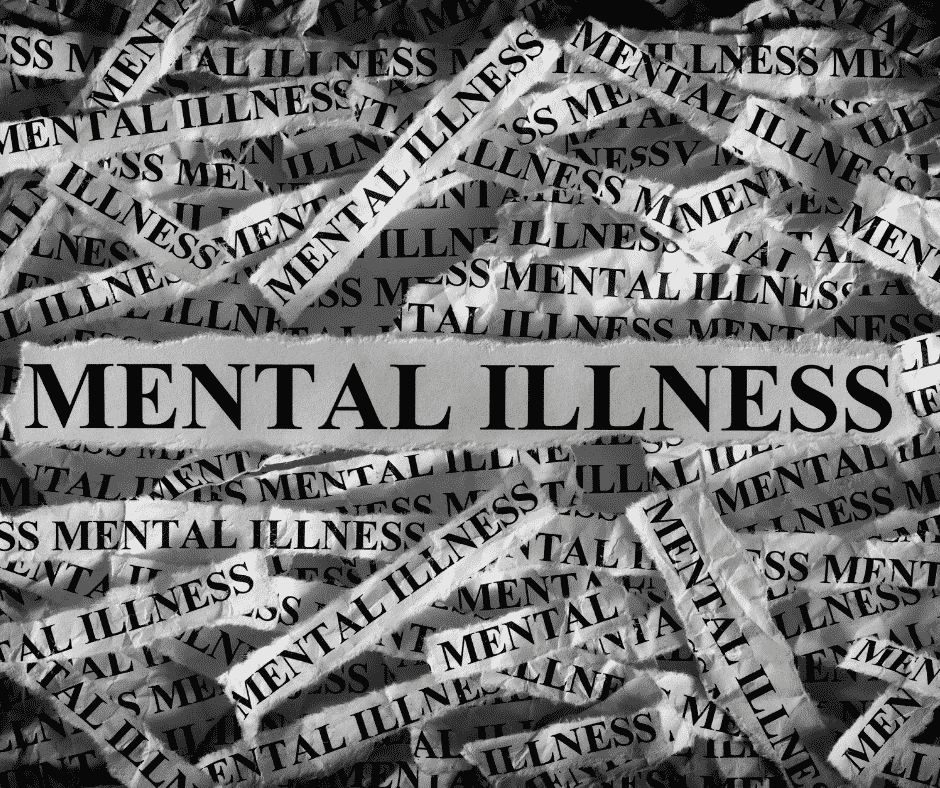
Medicaid reimbursements are 70% of private insurance. It is understandable why doctors and clinics are less than enthusiastic to take on Medicaid patients or more Medicaid patients, but the risk-based managed care plans are required to ensure access to just these types of doctors. Within their contracts and systems, they are guaranteeing this access. Fortunately, in recent surveys, doctor participation in Medicaid is not declining.
 Medicaid Has Wide Public Support
Medicaid Has Wide Public Support
Even though Medicaid makes up a large portion of each state’s budget as well as the federal expenditure, there is wide support for Medicaid. Public opinion polling shows that seven in ten Americans say they have had a connection with Medicaid including three in ten who were covered themselves by Medicaid at some point. All political affiliations have a favorable opinion of Medicaid and support the program.
In Nebraska’s recent referendum in October 2020, voters voiced their support for expanding Medicaid to the 21-64 age group. Understanding how Medicaid works enable its advocates to strengthen its many programs.




